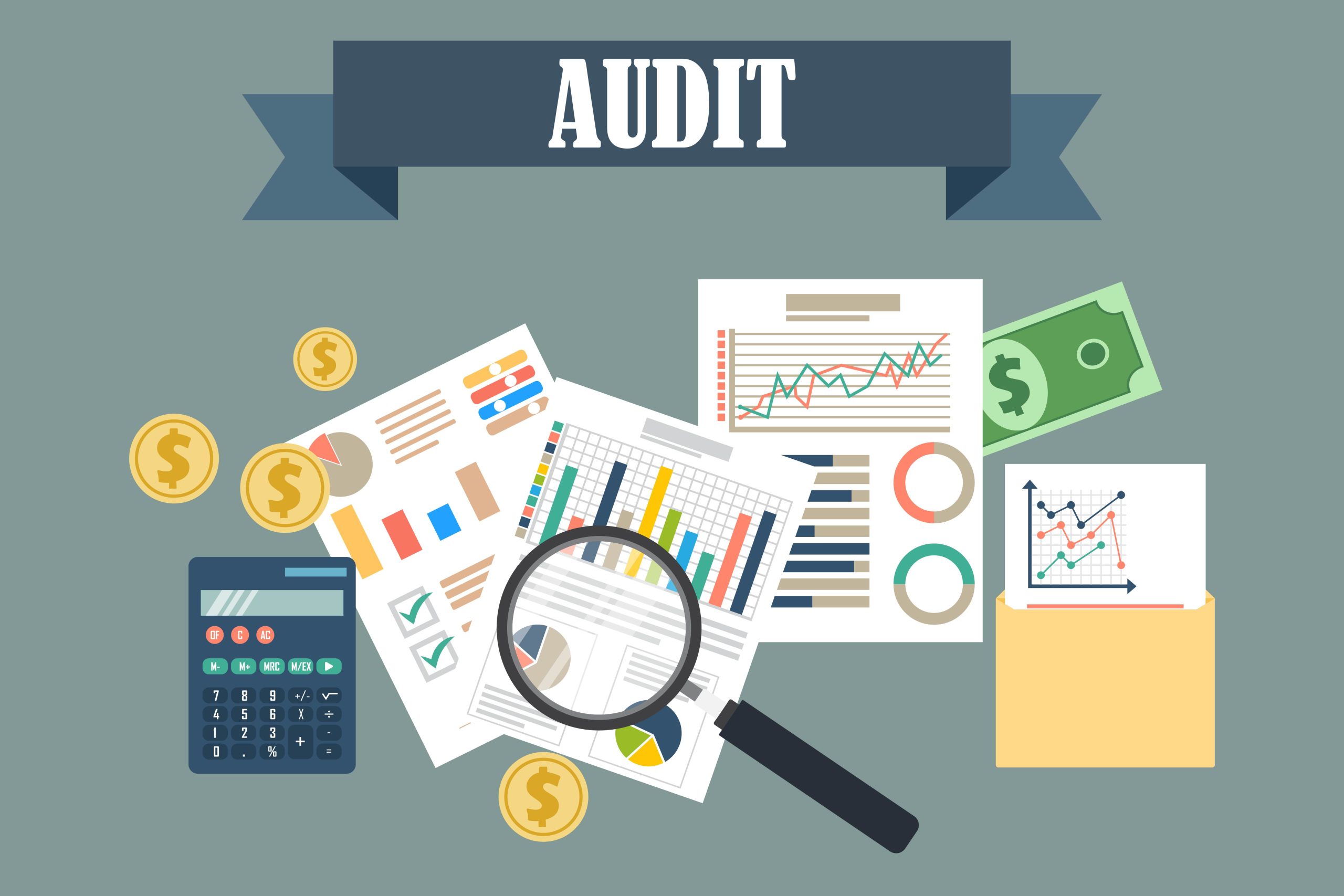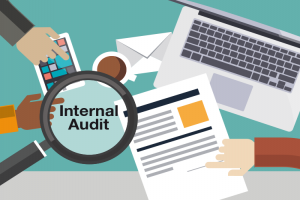Description
Date
1st Batch: 23rd – 25th Jan, 2025
2nd Batch: 7th – 9th Apr, 2025
3rd Batch: 30th June – 2nd July, 2025
4th Batch: 25th – 27th Sept, 2025
Event Details
IT Auditing is an essential skill for internal auditors. To be an effective IT auditor, one needs to understand four major components of IT audit: IT Governance and Management, General IT Controls, Applications Controls, and Development Controls. This course is an introduction to these concepts will prepare you to pursue further training in IT Audit.
This course will introduce the fundamentals of IT auditing, core drivers behind why it is a specialized area of auditing, evolution of IT assurance, and the principle objectives of IT auditing and its relationship to integrated financial or operational auditing. It will introduce the role of IT auditing and how IT audit strategies can enhance non-IT audits.
LEARNING OBJECTIVES
- Gain a working understanding of IT audit concepts and practices
- Clarify the difference and importance of general versus application control audits
- Learn how to apply internal control fundamentals to the evaluation of IT system integrity, security and availability
- Gain an understanding of the operational and control objectives of the principle areas of general control
- Further your appreciation of the importance of IT in achieving organizational objectives and in providing assurance that appropriate controls are designed, implemented and in effect to attain system integrity, security and availability
COURSE OUTLINE
Role of the IT Auditor
- Objectives of IT Audit
- Information Systems and its Impact on the Business
- The IT Audit Universe
Understanding the IT Controls Frameworks
- COSO
- COBIT 4.1 & 5
- NIST Framework for Improving Critical Infrastructure Cybersecurity
- CIS Critical Security Controls
- FFIEC CyberSecurity Assessment
- Payment Card Industry Standards
Auditing General Controls
- Objectives of the General Controls Review
- IT Governance and Management
- Information Security Management
- Configuration Management
- Network Security Management
- Identity and Access Control Management
- Data Management
- Incident Response and Business Continuity
- Cloud Computing and Other Outsourcing
- Physical Security and Media Management
Auditing IT Applications
- Objectives of Application Systems Audits
- Key Application Processes
- Understanding the Risks and Controls in the IT Process Modules
- Planning Different Types of Application Audits
Auditing Existing Applications
- Identifying Control Objectives
- Establishing an Audit Workplan
- Key Controls in the Application Process
Auditing Systems in Development
- Comparing different System Development Life Cycle (SDLC) Models
- Audit Objectives and Roles in Systems Development
FOR WHOM:
Internal audit staff.
TRAINING METHODOLOGY
The training methodology combines lectures, discussions, group exercises and illustrations. Participants will gain both theoretical and practical knowledge of the topics. The emphasis is on the practical application of the topics and as a result participant will go back to the workplace with both the ability and the confidence to apply the techniques learned to their duties.





